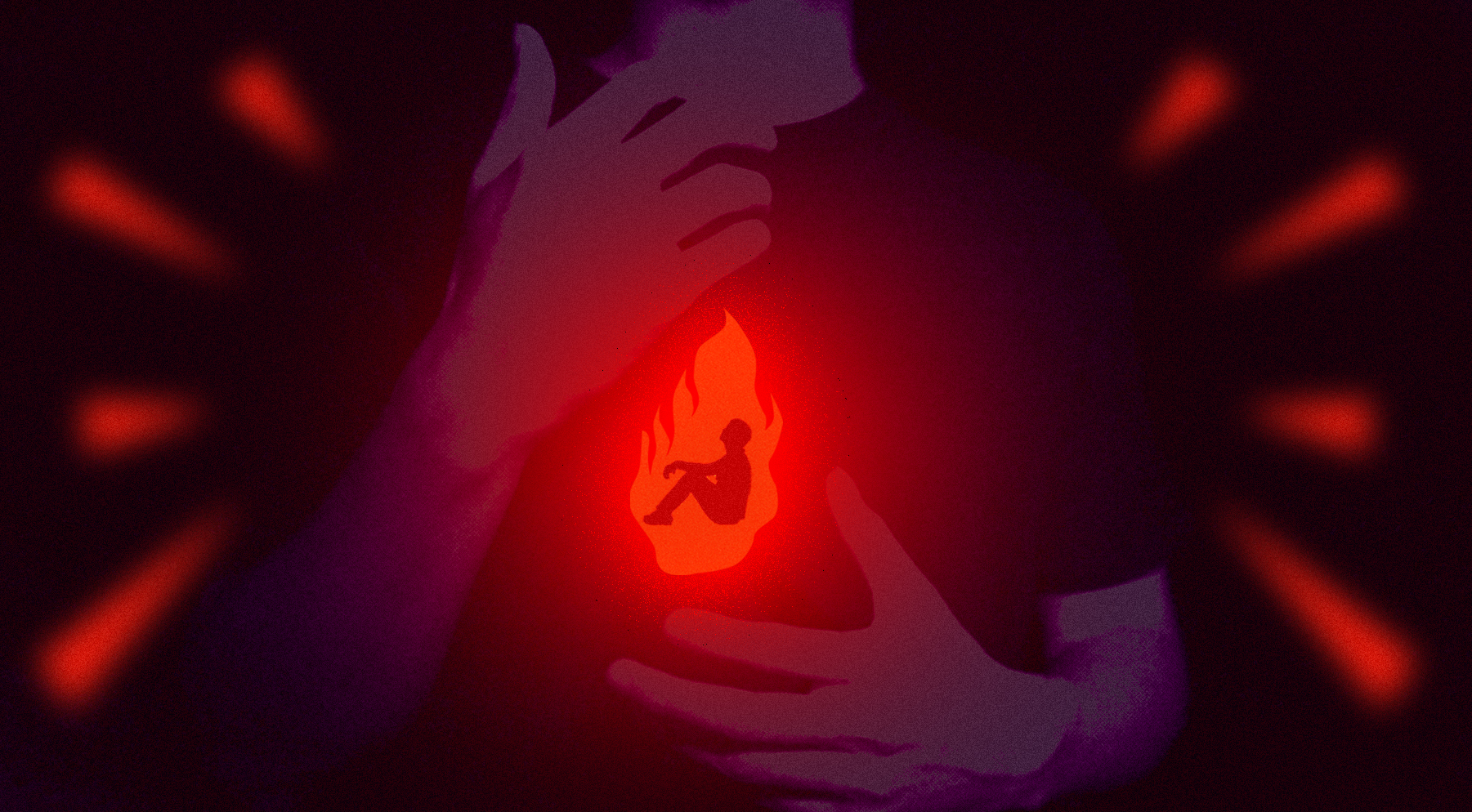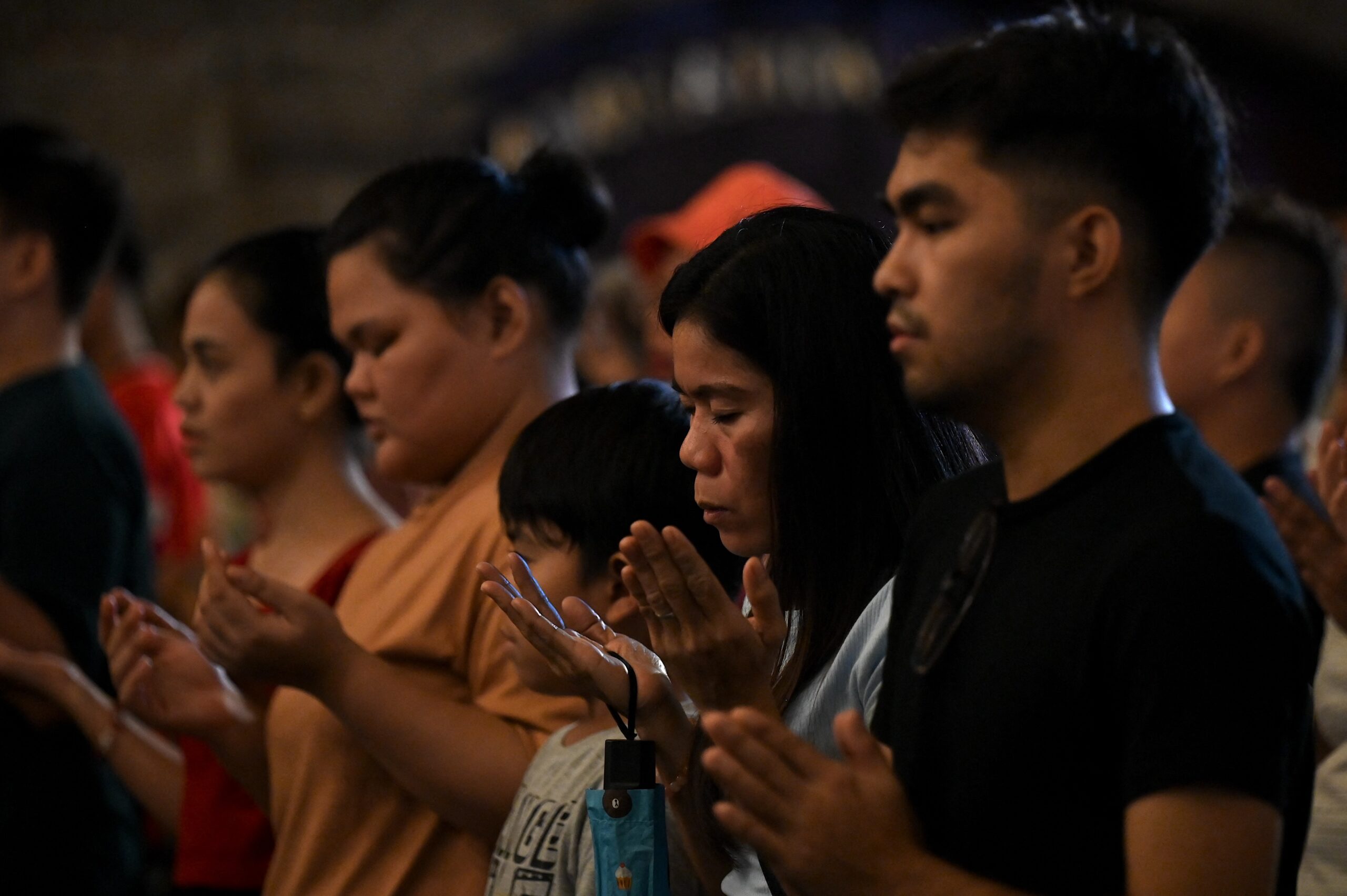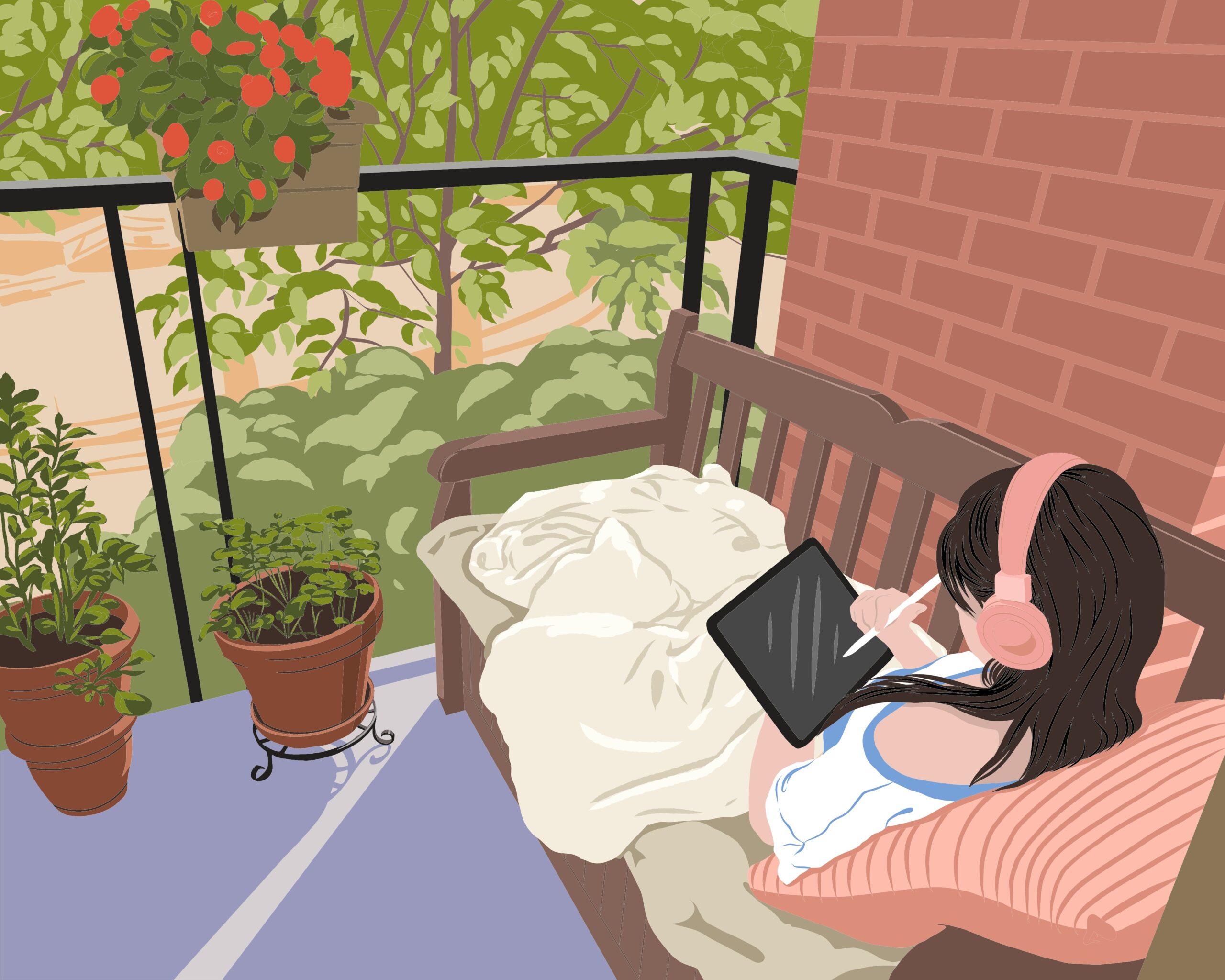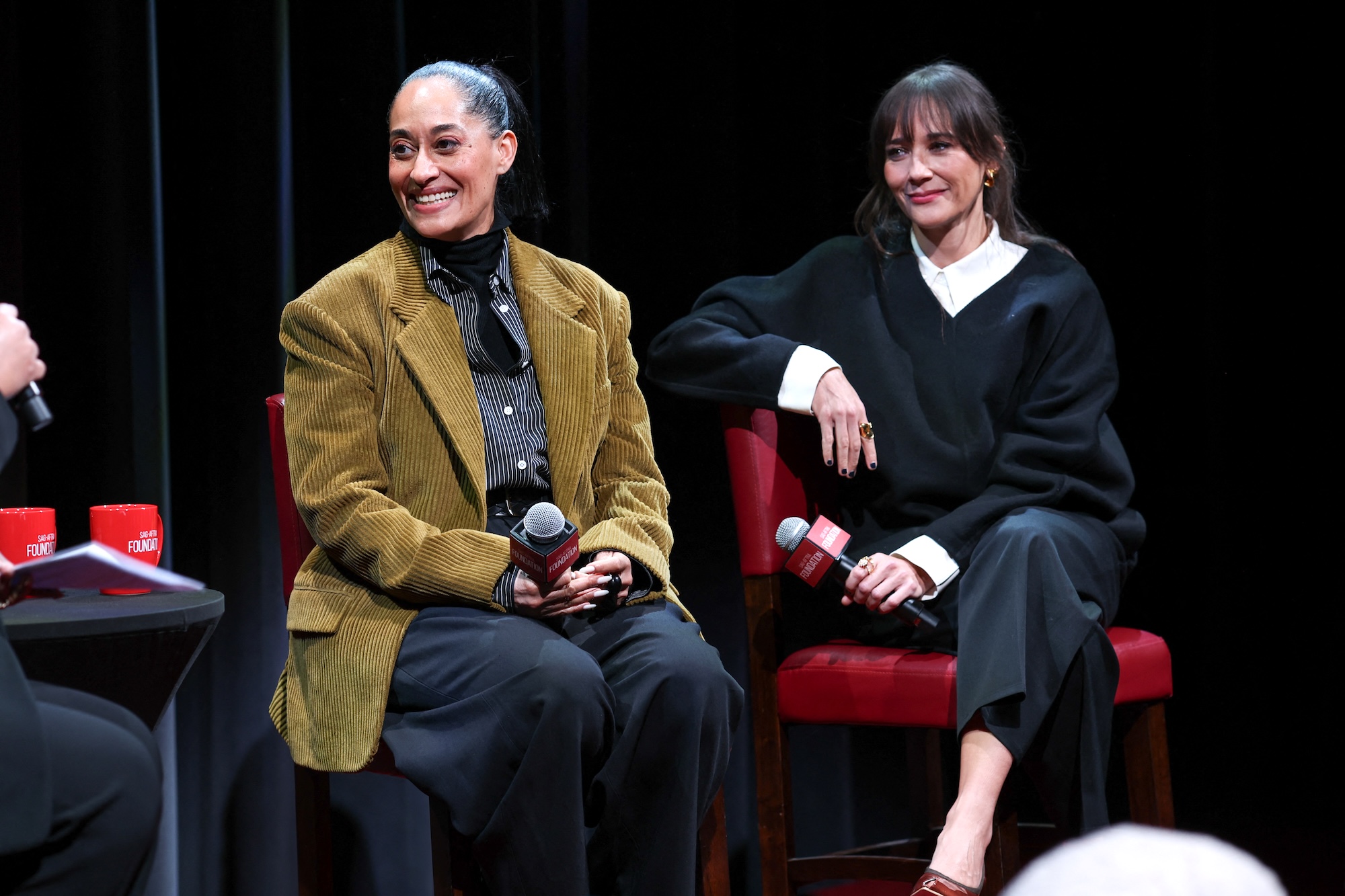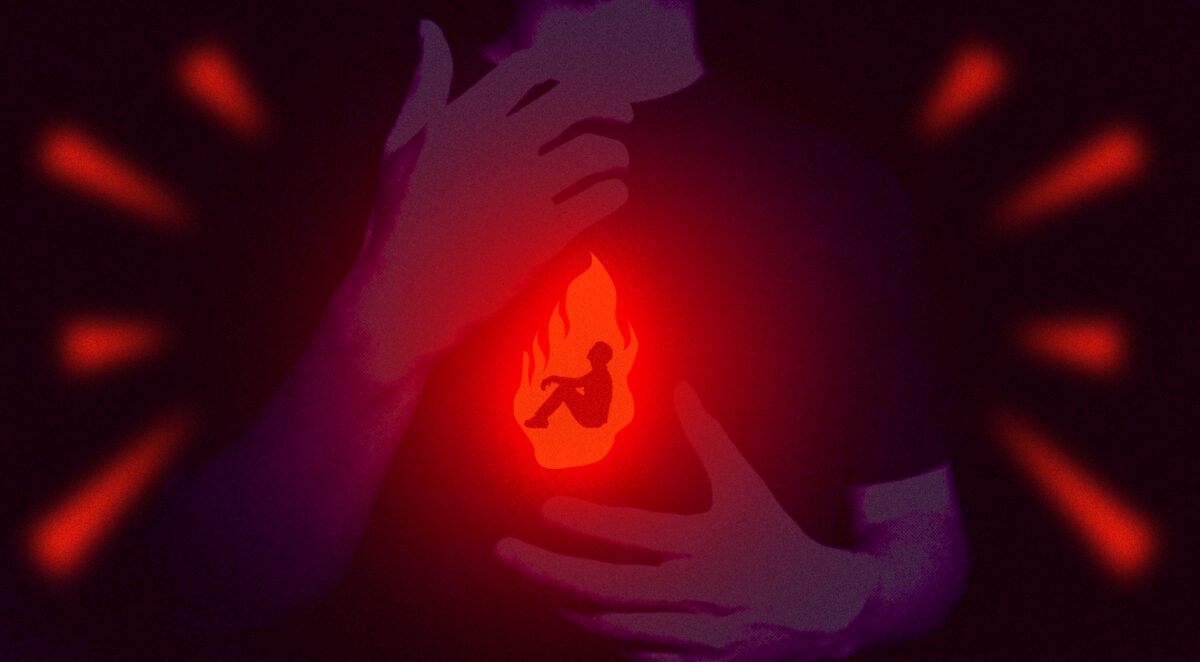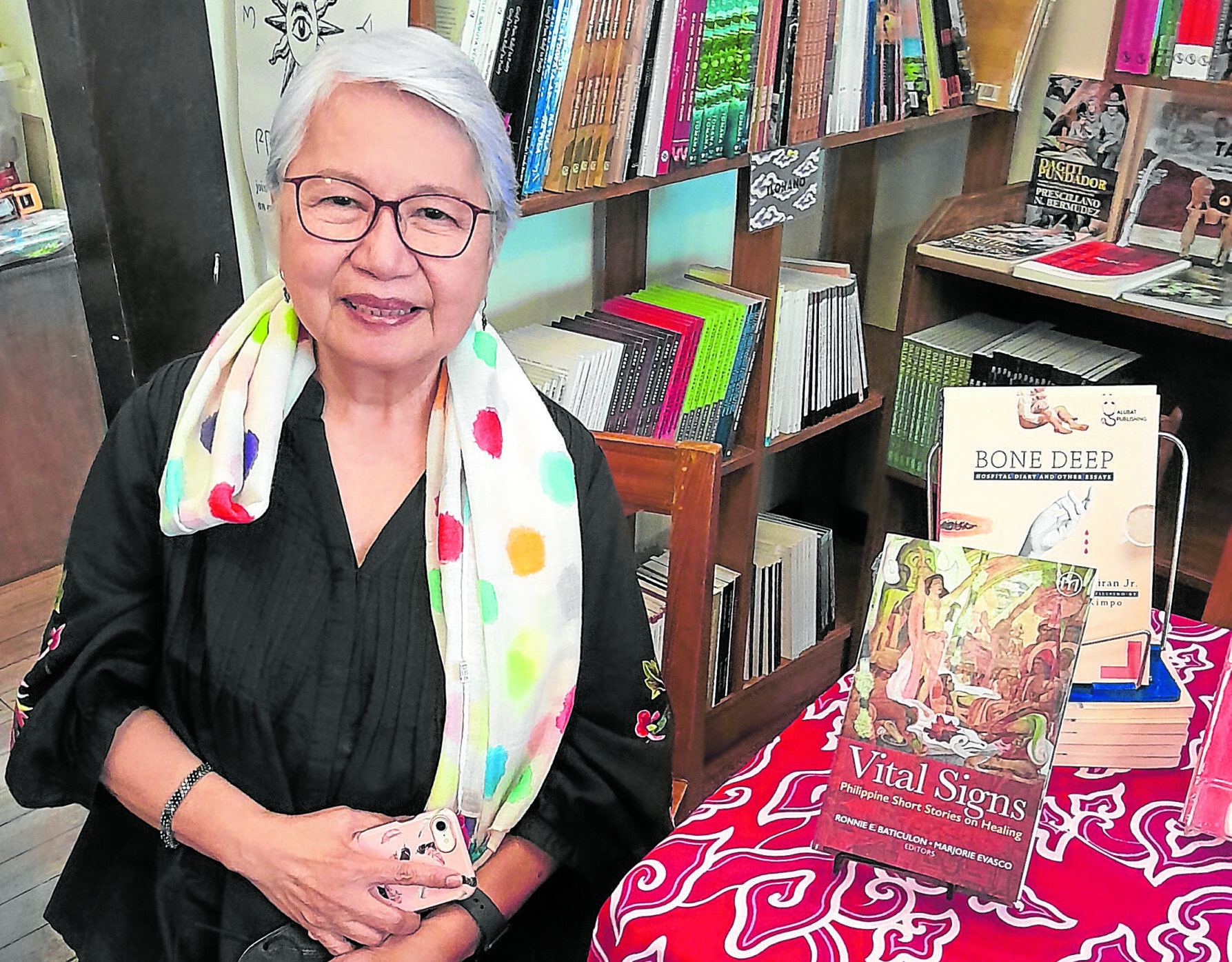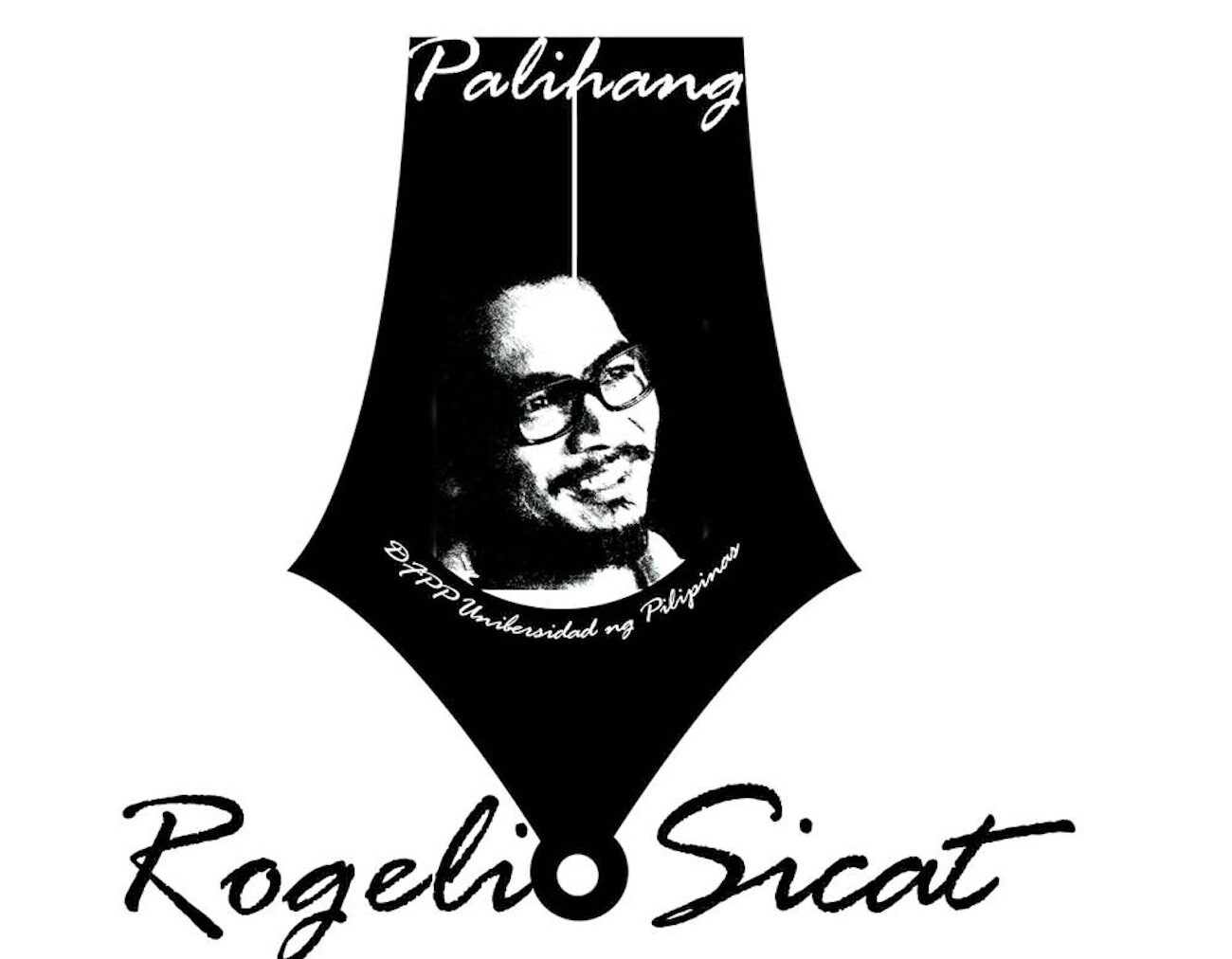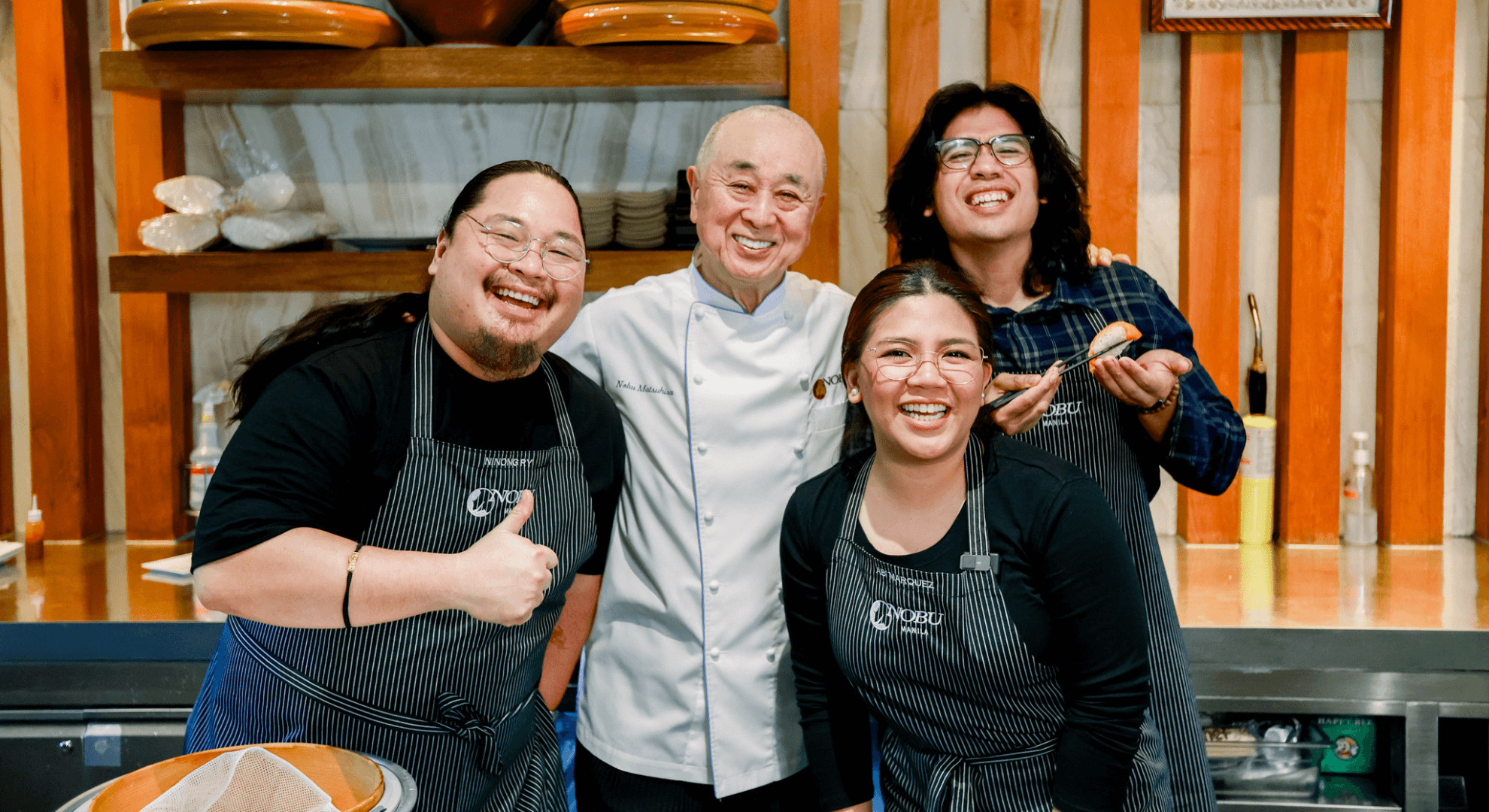We never eat half as well as when we’re visiting Pampanga. The province is known for its deep culinary traditions—a mixture of native cuisine, well-salted with Spanish influences from colonial times. There is also a strong Chinese influence in Kapampangan cuisine.
Our recent food trip to Pampanga, however, did not just encompass the conventional and the traditional but also the new and innovative.
There was Tex-Mex cuisine, American-diner fare and Korean-Pinoy fusion. We also visited a little known gem in Pampanga, a natural hot spring at the foot of Mt. Pinatubo.
Most of our dining destinations were in the year-old mall in Telabastagan, a barangay in San Fernando City.


Dainty
Our first restaurant was the curiously named Dainty. “For many Kapampangans, Dainty is the first place they get to eat Chinese cuisine,” said proprietor Danny Patiu Long. Their first restaurant opened in Angeles City in the late ’50s.
We tried Pata Tim, Crispy Pata, Sweet and Sour Pork, and other well-loved dishes. The menu is pretty straightforward, filled with the usual Chinese fare. The steamed Lapu Lapu in Oyster Sauce is also especially good.
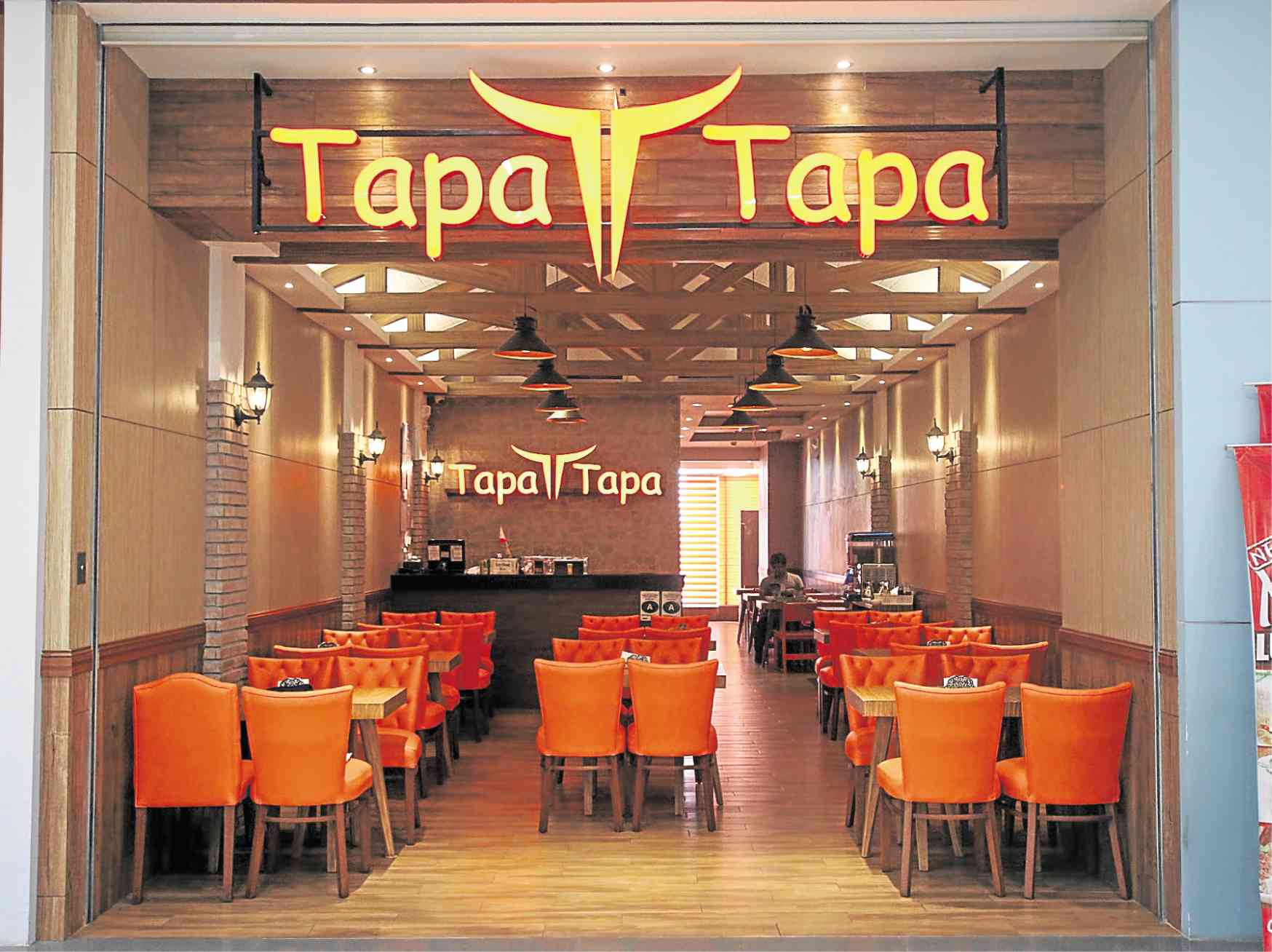
Balanghai and Tapa Tapa
After Chinese food, we turned our attention to native cuisine. Balanghai which opened in 2018, and features a weekly rotating buffet of dishes from all over the islands.
“First week of the month, we feature food from the North and Central Luzon like Bagnet, Pansit Batil Patong, Poqui Poqui (roasted eggplant, tomatoes, and eggs), and more,” said Jodeph Manalili, marketing specialist of Balanghai. “Second week is South Luzon, third is the Visayas and the fourth is Mindanao.”
Tapa Tapa also features Filipino fare but concentrates on the perennial Filipino favorite, tapa (dried cured meat). Tapa Tapa Bistro serves the all-time favorite Tapsilog: fried rice, fried egg, served with beef tapa.
The restaurant’s “Tapa-Tapa” singles priced at P139 gets you unlimited rice and drinks, and a choice of viand from tapa, sinigang na baboy, fried lumpia and pinakbet.
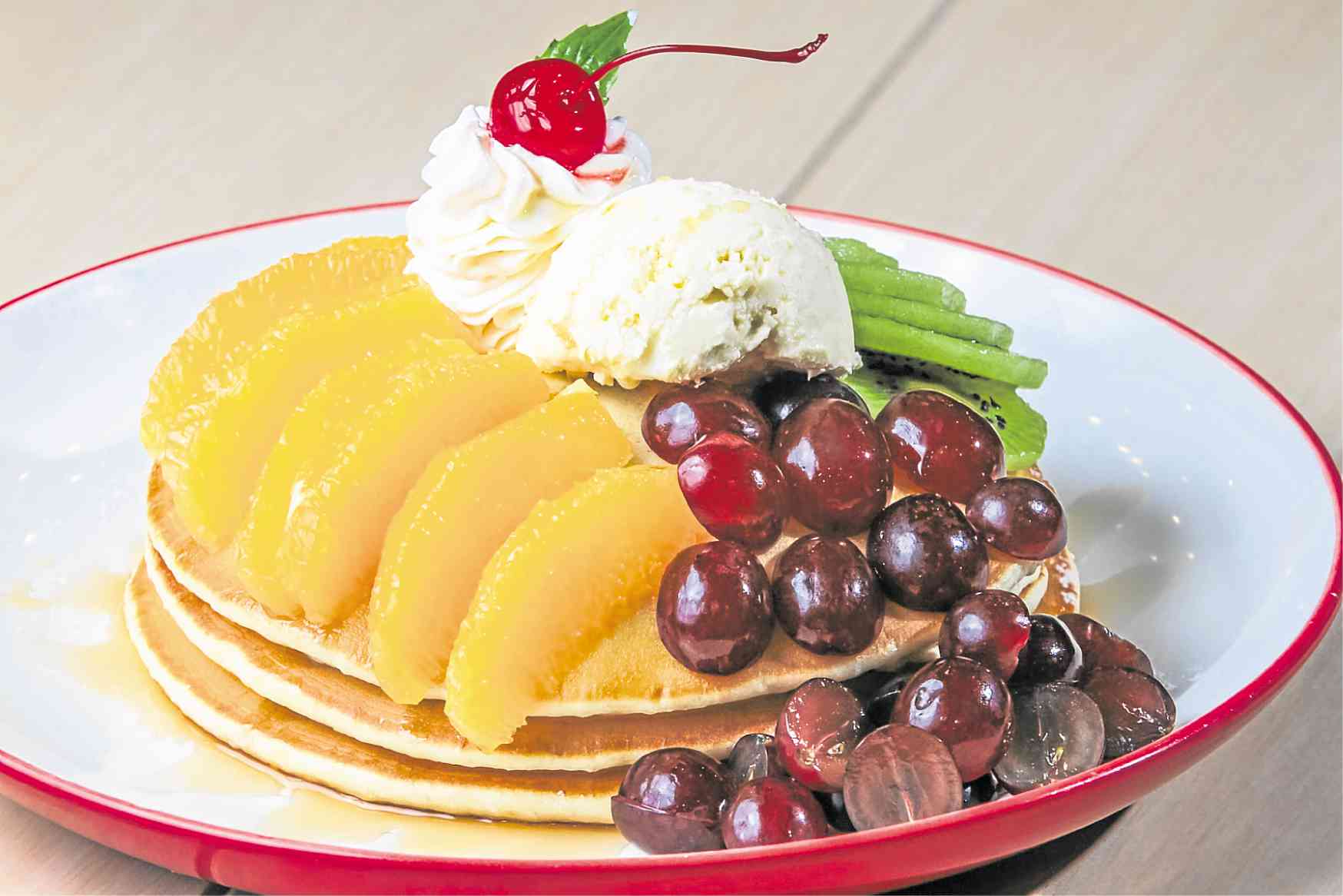
Red Woodberry and Jalapeños
After feasting on East and Southeast Asian cuisine, we sampled two restaurants serving Western fare, also in SM City Telabastagan. Red Woodberry Café and Pancakes has the ambiance of an American diner-café. Their specialties include waffles and pancakes slathered with your choice of toppings from sweet to savory.
They also specialize in all-day breakfast options from continental to Filipino favorites like longganisa and egg, and champorado with tuyo.
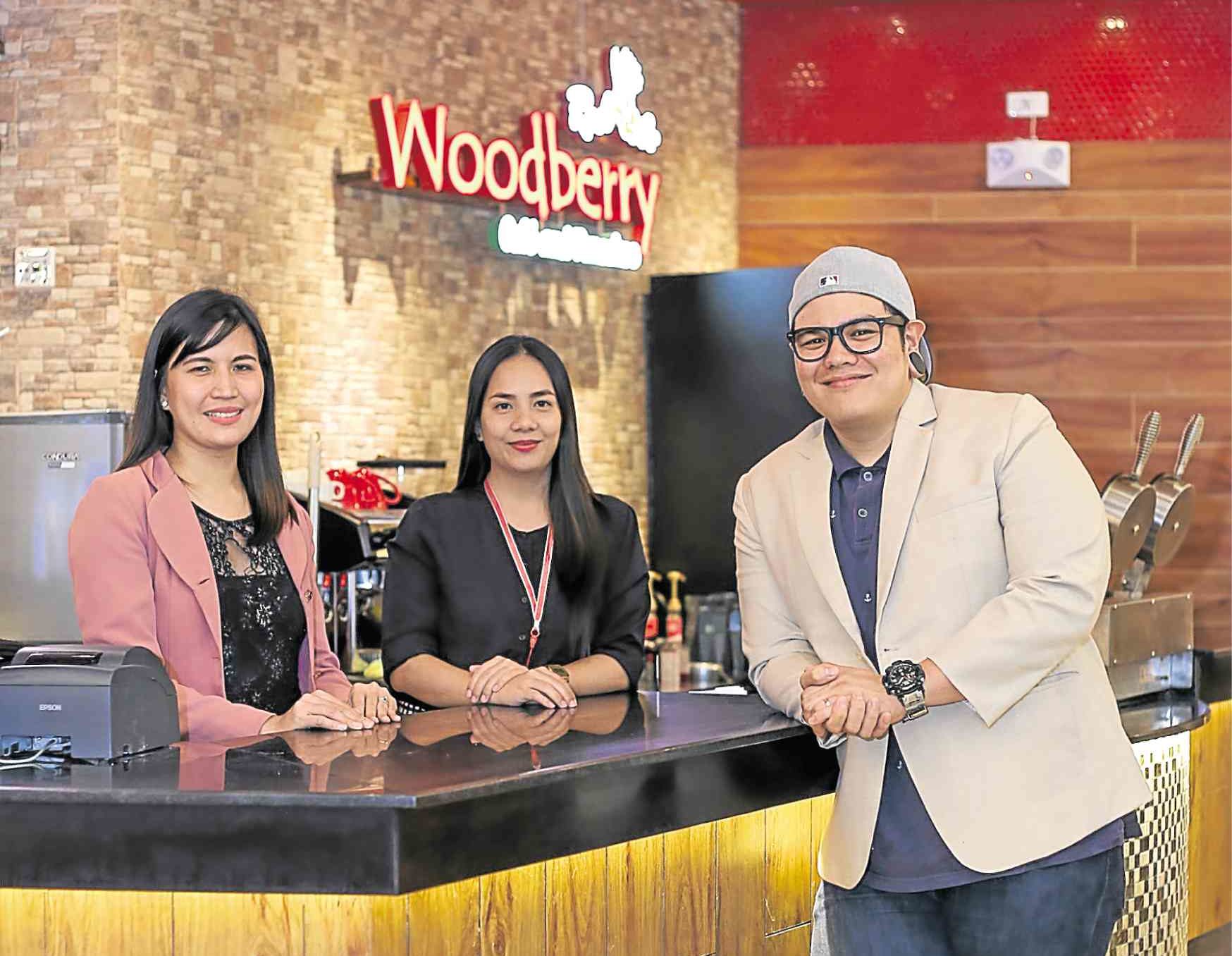
The Chorizo and Pepperoni Pizza is particularly good as are their Meaty Carbonara and Spaghetti Meatballs.
From North America to the South, we transferred to Jalapeños, a Tex-Mex restaurant by Zarah Zamora Garcia, its proprietor. “We wanted a unique concept and we love Mexican food so here we are,” Garcia said.
We tried their tacos, quesadillas and their Tex-Mex Sampler, a platter of burritos, nachos, rice, chicken wings and more.
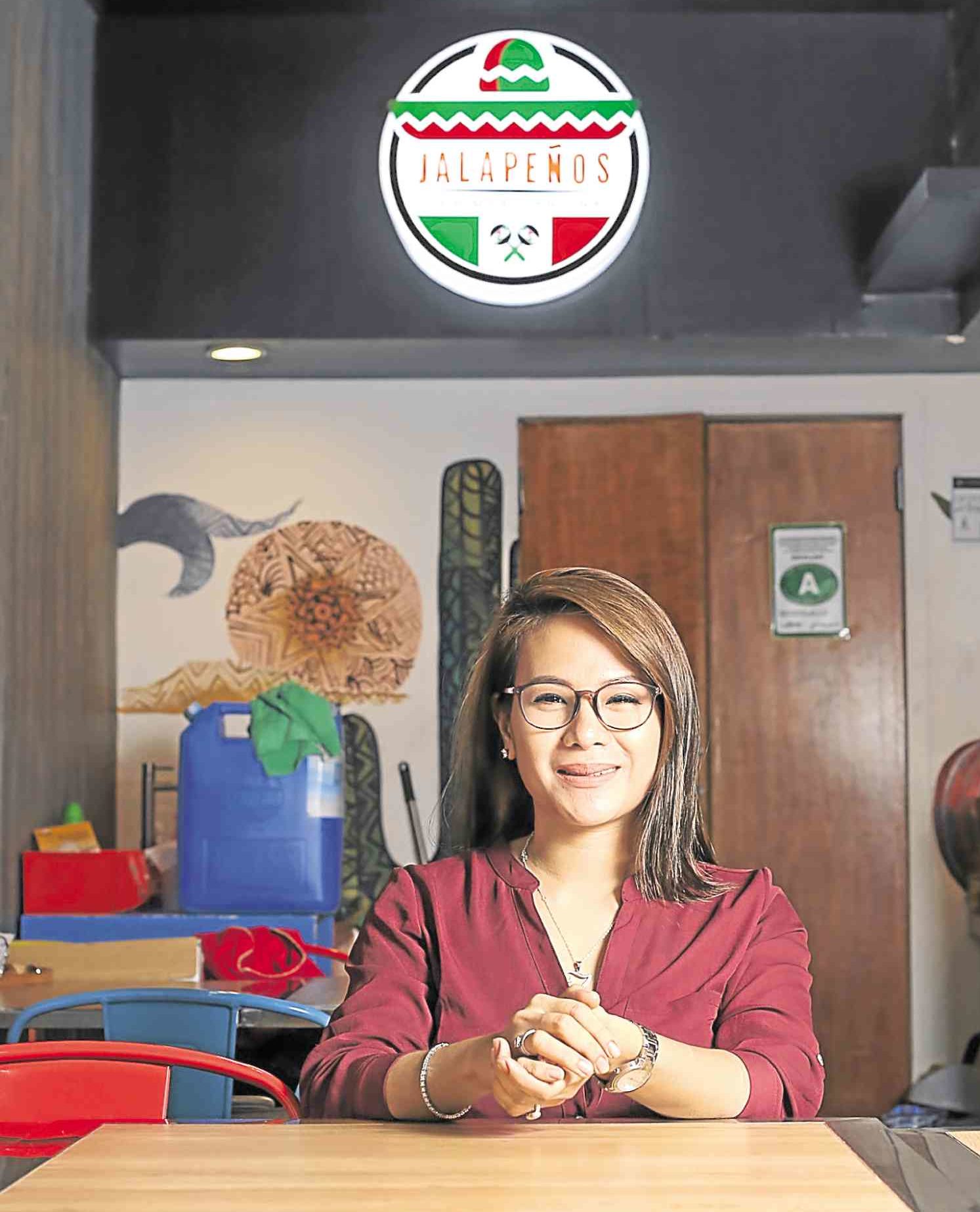
Razon’s
Our last foodie stop in SM City Telabastagan was Razon’s, a variant named Teresita R. Razon’s Halo-Halo and Palabok.
The staff claimed that they have the true recipes of the original dishes and halo-halo. Their halo-halo is cleaner, lighter, and more straightforward. Just shaved ice, evaporated milk, macapuno, minatamis na saging and leche flan. The restaurant also serves the usual Pinoy fare like fried lumpia, sisig, kare-kare and kaldereta.
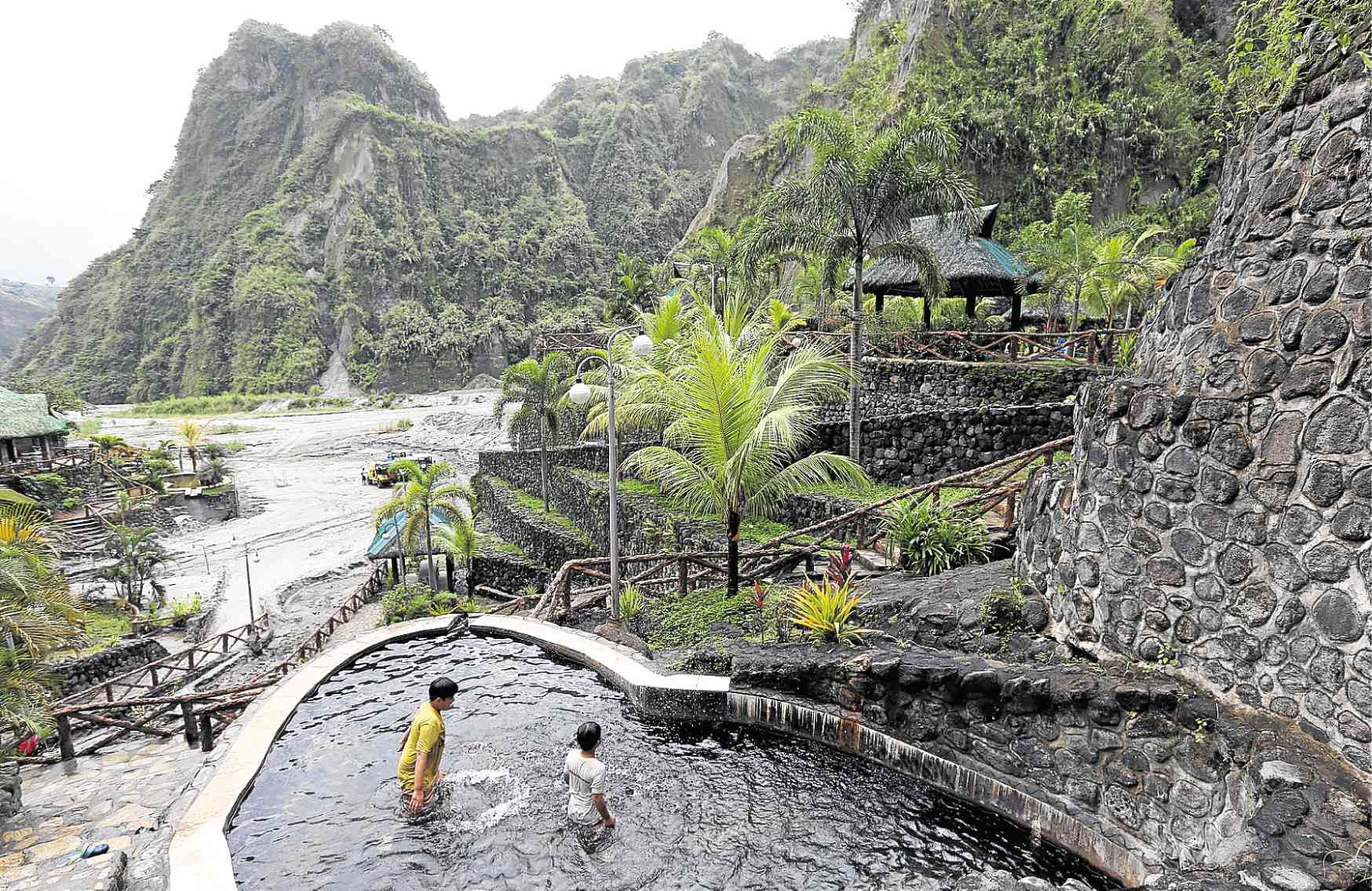
Puning Hot Spring
After two days of feasting, a visit to the hot springs is in order. Puning Hot Spring and Restaurant is little-known by Manileños but a favorite of foreigners.
The spa is located in Sapang Bato, Angeles City, near the foot of Mt. Pinatubo. Before going to the hot spring, guests first head to the base camp, itself an expansive resort with massage huts, an events hall and a dining area.
At base camp, we changed into clean clothes provided by Puning Hot Spring. We then hopped on to one of the resort’s 4×4 off road trucks.
The path to the foot of Mt. Pinatubo is rough but is not without its beauties. There are shallow riverbeds, streams and looming cliffs covered with greenery and multicolored rocks.
At the Volcanic Sand Spa, the first stop on the tour, guests are ritually buried into hot sand and then massaged by trained therapists. It’s a popular activity in Korea that has since been adapted at the spa by the Korean proprietor. It is altogether a unique experience and sensation, a must-try for first timers. Therapeutic mineral mud is also placed on your skin to complete the spa experience.
Local guides claim that the natural hot spring came about after the eruption of Pinatubo. The resort consists of 12 wading pools with the hot water directly pumped into the baths from Sacobia river. The river, according to our guides, runs through the path of the mountain’s arteries, and has temperatures ranging from 40 degrees to 70 degrees Celsius.
We returned to Manila with full tummies and fond memories of great culinary treats and natural wonders. —CONTRIBUTED

